Our guide to the most handy Australia travel tips that will help you have a seamless experience Down Under.
Australia is one of the most isolated and unique countries in the world.
Geographically, Australia has countless different terrains and climates scattered across the massive landscape. You can find incredibly rare flora and fauna, including endangered species and intriguing marine life.
Culturally, Australia is home to some of the oldest indigenous cultures on Earth. Travellers may also encounter the vibrant beach culture, coffee culture, and iconic Aussie slang throughout their travels.
Australia is also known for being expensive, laid-back, and relatively safe in terms of crime and urban environments.
We’re going to provide the most important Australia travel tips that combine all of these elements. Save money with budget tips, prepare for the elements with health and safety tips, and practice general travel tips during your time in Australia. A little bit of research goes a long way when planning for an epic experience Down Under!
Read our complete guide for TRAVEL TO AUSTRALIA to further prepare for your trip.
Australia Travel Tips For First Time Travelers
Whether it’s your first trip to Australia or you’re a seasoned traveler, you can never be too prepared.
From finding street art in Melbourne and pink lakes in Western Australia, to diving on the Great Barrier Reef and hiking through Kakadu National Park, to beach-hopping in New South Wales and driving the Great Ocean Road, Australia has endless wonders.
These top tips for visiting Australia will help you experience the beauty, history, nature, and culture of this incredible place with ease!
General Australia Travel Tips
Before your trip to Australia, you’ll want to do some general research and planning. Here are some basic things to know about Australia including visas, climate, and more.
Everyone needs a visa to enter Australia
The first thing everyone needs to do before they visit Australia? Apply for a visa!
Everyone needs a visa to visit Australia, even if you’re just staying temporarily on a quick holiday.
Most travelers can just get a tourist visa (subclass 600), which is valid for up to 12 months and costs 195 Australian Dollars. Apply for this online via the Australian Immigration website before you leave home. The visa usually only takes a couple of days to be granted, but still do it at least a few weeks before your trip just to be safe.
If you want to stay in Australia for a year or longer and have the chance to work while you’re there, you can apply for a Working Holiday Visa. These are popular for backpackers and people ages 18-35. There are also student visas and other ways to spend time in Australia.
But a tourist visa is the most common option. So gather your travel documents, submit an application online, pay the fee, and ensure your visa is granted before you board a plane!
 Everyone needs a visa to enter Australia.
Everyone needs a visa to enter Australia. Australia is huge, so plan accordingly
Some first time travelers may not realize how huge Australia really is! It’s the sixth largest country in the world, and distances between major cities are immense.
It’s important to be realistic about the amount of Australian destinations you visit during your trip. Many new travelers make the mistake of trying to do too much in a short amount of time.
Instead of trying to hop all around the country, just pick a few destinations and take the time to enjoy each place.
And be sure to plan your travels in between destinations in a logical way! For example, it takes around 10 hours to drive from Sydney to Brisbane, but only 1 hour to fly there. So you may need to take some flights to cut down on travel times.
Make the most of your time in Sydney with our Perfect Sydney Itinerary for 3-5 Days!
Research the best time to visit Australia
Because Australia is so massive, the climate varies from place to place. So the best time to visit Tasmania might not be the same as the best time to visit the Northern Territory or Queensland.
Once you decide which destinations you want to visit in Australia, start planning your trip based on the weather in each place!
Some places, like Sydney and New South Wales, are pleasant year-round. Visiting Sydney in winter can be just as gorgeous as the summer months!
But you might not want to visit the Red Centre in the Northern Territory during summer when the heat is extreme and many tours aren’t running. Similarly, you might want to avoid Melbourne, Victoria, or Tasmania in winter if you’re after sunshine and warmth, as these places can get very cold.
Just cater your visit to part of the country you plan to visit, as this will make your stay more enjoyable!
Drive on the left side of the road
Australia, like most other former British colonies, drives on the left side of the road.
If you’re renting a car for a day trip or a multi-day road trip, make sure you’re comfortable driving on the left!
If you’re coming from a country that drives on the right, this can be a bit disorienting. But it’s easy to get the hang of it, as long as you drive carefully and pay attention.
Note that the driver’s seat, gear shift, and windshield wipers/directional signals are also reversed. So you sit on the right-hand side of the car to drive.
Pedestrian and bicycle traffic also stays to the left, so remember this for any hiking or biking adventures in Australia!
The best way to get around is to rent a car and explore on your own! We recommend Rental Cars, which has the largest range of vehicles for the best value on the market.
Cultural Tips for Australia
Every country has its own special culture, and Australia is no different.
Learning a bit about the local culture before you go ensures you know how to show respect for the locals. This is important to do before a trip anywhere in the world!
Learn about Indigenous cultures
Engaging with Australia’s Indigenous population during your trip is a privilege. Aboriginal and Torres Strait Islander communities in Australia have hundreds of different cultural groups that have their own special languages, customs, music, and art.
Indigenous communities thrive all over the country, and you can often book guided tours or educational experiences that allow you to learn more about the culture.
Australia’s Indigenous cultures are some of the oldest on Earth. Definitely take the time to connect with the ancient traditions that showcase how people have lived in harmony with the natural world in Australia.
Research your Indigenous place names
Australia has no official language, and though most people speak English, there are hundreds of Indigenous languages and dialects.
Many famous places in the country have an Indigenous name, and an English name which was given after the European settlers arrived.
Some locations have been officially renamed to their Indigenous names out of respect for the Traditional Owners of the Land.
For example, the famous monolith of Uluru is no longer called Ayers Rock in order to honor the Anangu people of the Northern Territory. More recently, Fraser Island has been officially renamed K’gari, the original name given to the island by the Butchella people.
Most places around Australia have an Indigenous place name, such as Meanjin (Brisbane), Naarm (Melbourne), Warrane (Sydney), Boorloo (Perth), and everything in between. Learning these native names and words helps you connect with the Aboriginal cultures around Australia!
 Fraser Island has officially been renamed back to its original name, K’gari.
Fraser Island has officially been renamed back to its original name, K’gari.Brush up on your Aussie slang
If it’s your first trip to Australia, you might be surprised by all the slang that the locals use. Even if English is your first language, you’ll find that Australian English is its own unique phenomenon.
Locals love to abbreviate as many words as possible, and they love to give hilarious nicknames to people, places, and things.
You can do some research to learn about the most popular Aussie slang and prepare yourself. Or you can just go in blind and try your best to understand everyone. The good thing is, Australians are super friendly and they usually have no problem explaining their words to tourists. It’s all part of the fun!
Learn your surf etiquette
Surfing is a huge part of the culture in Australia! You can find some world-class surfing spots here, from the Gold Coast to Sydney, to Torquay and Bells Beach near Melbourne.
Whether you’re a complete beginner hoping to take lessons, or you’re a seasoned surfer, Australians take surf etiquette very seriously.
That means respecting other surfers when you’re out on the ocean. There are many little things to know, such as who has priority on a wave and where you should sit in the line-up. Try to chat with a local surfer before you get out in the water, or even ask someone for tips when you’re out there.
Locals can be protective of their favorite waves, so you don’t want to be that kook that’s dropping in on people. Learn about surf etiquette to ensure everyone has a safe and fun time in the waves.
Get to know the locals
It’s all too easy to just stay in your hotel or hostel and hang out with other travelers during your Australia trip. But it’s worth getting to know some locals!
Australians are super friendly and love to chat. Put yourself out there and try to strike up a conversation with an Aussie, whether you’re at the pub, the beach, or hiking in a national park.
The best way to learn about the local way of life and get insider recommendations is from the people who live there.
Embrace the laid-back and friendly culture
An important piece of advice for enjoying your time Down Under is to embrace the culture! Many countries around the world have cultures and lifestyles that are different from your own, and appreciating these differences is the best way to have a positive travel experience.
Australia’s culture is so easy to love! There is a laid-back energy in most places around the country, which is exactly what you would expect in such a beautiful place.
Locals are always out enjoying nature, whether it be surfing, camping, or just having a BBQ outside. People are so kind and friendly, and it’s a joy to spend time in this heartwarming environment.
Read next: The 30 Best Places to Visit in Australia
Budget Travel Tips for Australia
It’s important to plan a budget for your trip to Australia!
This country is exquisite, but it’s famously expensive. It is possible to travel Australia on a budget with the following tips, but definitely make sure you have enough money saved for your adventures.
Here are some ways to save a bit of money in Australia!
 You’ll need some budget travel tips if you’re planning to visit the expensive city of Sydney.
You’ll need some budget travel tips if you’re planning to visit the expensive city of Sydney. Visit Australia in off season
The best time to visit Australia for weather may not be the best time to visit for your wallet. If you choose to visit in the summer months for the best weather, you’ll also be hit with the highest prices and most intense crowds.
No matter where you go in Australia, consider visiting in off season! You can still have an amazing time, and you’ll save money on accommodation and tours.
Many local businesses discount their prices during off season since tourism drops, so you can score some incredible deals.
So don’t be afraid of the rainy season in Tropical North Queensland or winter in Sydney! Off season allows you to experience Australia without the crowds, and with a different perspective than all the other tourists that visit during peak season.
Don’t exchange money at the airport
Australia uses the Australian Dollar, and you can withdraw cash at any official ATMs or banks to get the best deals.
Try not to exchange money at the airport kiosks, as they almost always overcharge for commissions and have expensive exchange rates.
In reality, you don’t always need cash in Australia! Most establishments accept card payments, so it’s wise to get yourself a credit or debit card that doesn’t charge foreign transaction fees.
But it is still handy to have cash for things like farmers’ markets or old-school eateries. So instead of exchanging your home cash for the Australian Dollar, just withdraw the local currency from an ATM!
Read next: Travel Essentials – Things To Take On Your Next Trip
Spend time outside the cities
A great way to save money in Australia is getting out of the big cities! Similar to most countries, the cities have the highest prices for things like food, drinks, shopping, accommodations, and activities.
Sydney and Melbourne in particular are some of Australia’s most expensive destinations. Sydney and Melbourne are both incredible places to visit, but you’ll find your savings draining here much faster than in a small town.
So spend a few days in the cities, but try to explore more of the country towns if you can! Head out of the busy areas, relax in some small towns, and soak in the rural areas. You’ll save money, and get to experience Australia in a new way.
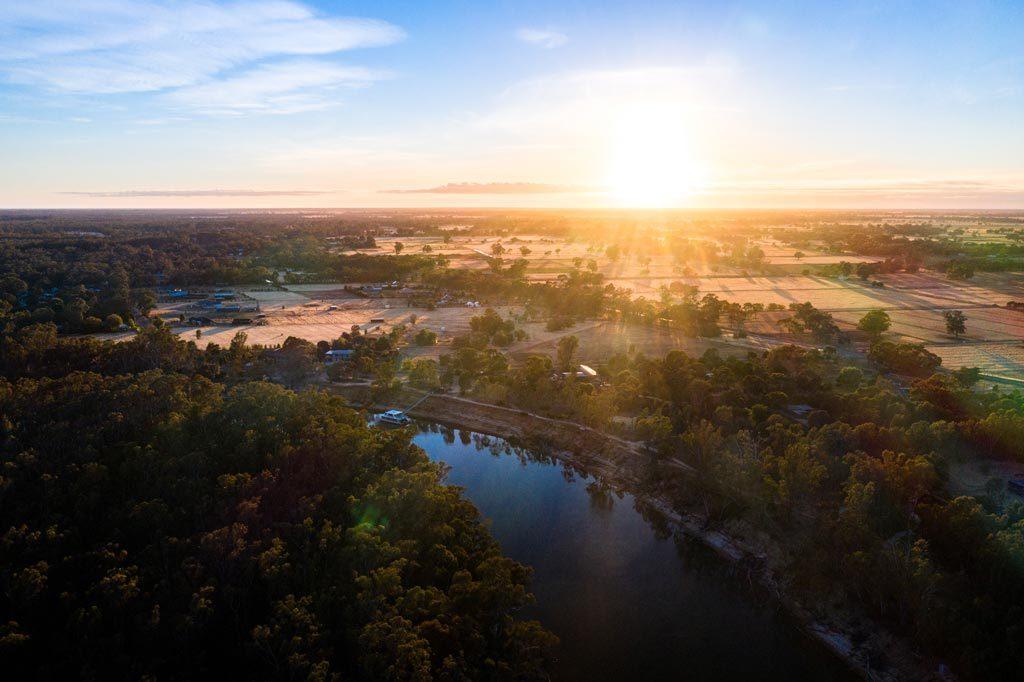 The Murray Region, just one of Australia’s many stunning rural areas.
The Murray Region, just one of Australia’s many stunning rural areas.Fly budget airlines
For covering long distances around Australia, budget airlines will be your best friend. The amount of time, energy, and fuel it takes to drive long distances around Australia is usually not worth it, unless you have lots of time here and you’re wanting to slow travel.
For most travelers hoping to explore a few different states on their trip, you’ll want to take some domestic flights to get around.
Luckily, there are some great budget airlines in Australia that can whisk you from city to city cheaply. Check out airlines like Jetstar, Bonza, and Virgin Australia for the cheapest domestic flights.
These are great for flying between major destinations like Sydney, Melbourne, Perth, Adelaide, Brisbane, Cairns, Byron Bay, Gold Coast, Darwin, Hobart, and more.
You can usually fly between any of these cities for just a couple hundred dollars (which is cheap for Australia)!
Plan your trip with our 1, 2, or 3 week Australia itineraries!
Find affordable accommodation
Australia’s accommodation options can be pricey, but there are ways to stay here on a budget!
If you’re a young backpacker, check out some of Australia’s hostels on Hostelworld. There are top-rated, social hostels all over the country where you can rent a cheap dorm room and have a blast.
If you’re hoping to stay for longer, consider using TrustedHousesitters to trade accommodation for petsitting and housesitting services!
Or if you want to stay in a classic hotel on a budget, check Booking.com for the best deals. Especially if you’re visiting in off season, or you’re willing to stay outside the main cities, you can find affordable deals all over the country.
Take public transport
Public transport is a great way to save money during your Australia trip.
Skip the taxi or Uber where possible and take the local train, bus, or metro for a cheaper option. Most cities have excellent public transit services, and you can find coach buses or trains that travel between major cities as well.
You can even use buses or trains for day trips outside the city! For example, skip an expensive guided tour from Sydney to the Blue Mountains and just take the train from Sydney’s Central Station.
Prioritize free activities
There are so many ways to enjoy Australia for free! When you start planning your itinerary in any given spot, prioritize the activities that don’t cost any money.
Definitely treat yourself to some high-end tours and experiences, like snorkelling the Great Barrier Reef, wine tasting in the countryside, touring Uluru in the Red Centre, or whale watching in Western Australia.
But you can also have a blast for no money at all! Go searching for street art in Melbourne, walk through the Botanic Gardens in Sydney, or beach hop along the coast of Queensland.
Hiking, swimming, sunbathing, watching the sunrise, and visiting museums are often free around Australia. So if you’re worrying about your budget, just spend some time enjoying the free activities.
Find free things to do in Melbourne to save money on your trip.
Health Travel Tips for Australia
A trip to Australia may be the highlight of your life, but there are always extra precautions to take while traveling!
From travel insurance to the local emergency number, here are our top tips for staying healthy in Australia.
 Try to stay healthy during your travels!
Try to stay healthy during your travels!Get travel insurance
A must-do during the trip planning process for Australia is getting travel insurance. This health tip isn’t even specific to Australia – it’s a must-do for any country abroad!
Always make sure to get travel insurance for your trips abroad, just in case of an emergency or other unfortunate circumstance.
Travel insurance covers you for most unexpected expenses like lost luggage, flight cancellations, medical emergencies, and more. You can end up spending thousands out of pocket without insurance, so definitely invest in this essential when you travel overseas.
Important Note! Before you book any international trip, we honestly recommend getting travel insurance. You never know when things will go wrong, and medical bills can add up quickly if you get sick or injure yourself overseas.
Our personal recommendation based on our own experience is World Nomads.
Tap water is generally safe
Australia’s tap water is generally safe to drink. There are strict regulations and treatment processes that go into tap water and drinking water around Australia. So you can fill up your bottles from the tap in most cities and towns with no issues.
If you prefer to drink filtered water, portable water filters or even plastic water bottles are available almost everywhere. But it’s smart to try and avoid plastic water bottles if you can to help fight against pollution and litter.
Take sun protection seriously
One of the top tips for staying healthy in Australia? Protect your skin against the sun!
Especially in the hot summer months, Australia’s sun is very intense. Always wear sun protection, even in winter or in cooler climates like Melbourne or Tasmania. That includes a hat, sunglasses, SPF 30+ sunscreen, and long protective clothing if possible.
Make sure you stay hydrated as well! Heat exhaustion is a real thing, especially if you’re hiking or doing other intense outdoor activities in the summer sun.
Dial 000 in an emergency
On the off-chance that you have a serious emergency in Australia, dial 000. This is the universal emergency services phone number that can connect you with police, a fire department, or an ambulance if needed.
If you travel smart and heed all the local safety and health advice, you shouldn’t have any problems. But you never know what can happen in life, so always remember to dial 000 if you need help.
Read next: The Ultimate Guide to Sustainable Tourism
Safety Tips for Travel in Australia
Australia is a very safe country to visit! Most of the dangers for tourists come from the natural world rather than things like crime or violence.
Australia does have crime like any other country in the world. But it’s one of the safest countries to visit in terms of government programs, infrastructure, healthcare, education, and overall well-being of locals and visitors.
Here are some extra ways to stay safe in Australia!
Learn about ocean safety
One of the biggest mistakes that tourists make in Australia is being reckless in the ocean.
Sure, the beaches are gorgeous in Australia and that sapphire water just begs for you to jump in. And most of the time, you can swim without any issues.
But it’s super important to have a basic understanding of ocean safety before you get in the water. Try to only swim at patrolled beaches, and only swim between the red and yellow flags. Lifeguards put these flags in place so swimmers can avoid the rip currents and choppy seas.
Never swim alone, avoid swimming in big, rough swells, and don’t go beyond where you can stand unless you’re a confident swimmer. Always read the signs at any beach, as some places can have their own specific dangers.
For example, northern Queensland has an annual stinger season between November and May, when Irukandji jellyfish and box jellyfish are in the oceans. You can stay safe at this time by swimming with a stinger suit, or swimming in freshwater locations.
Wherever you are in Australia, learning about general ocean safety can help you stay safe at the beach.
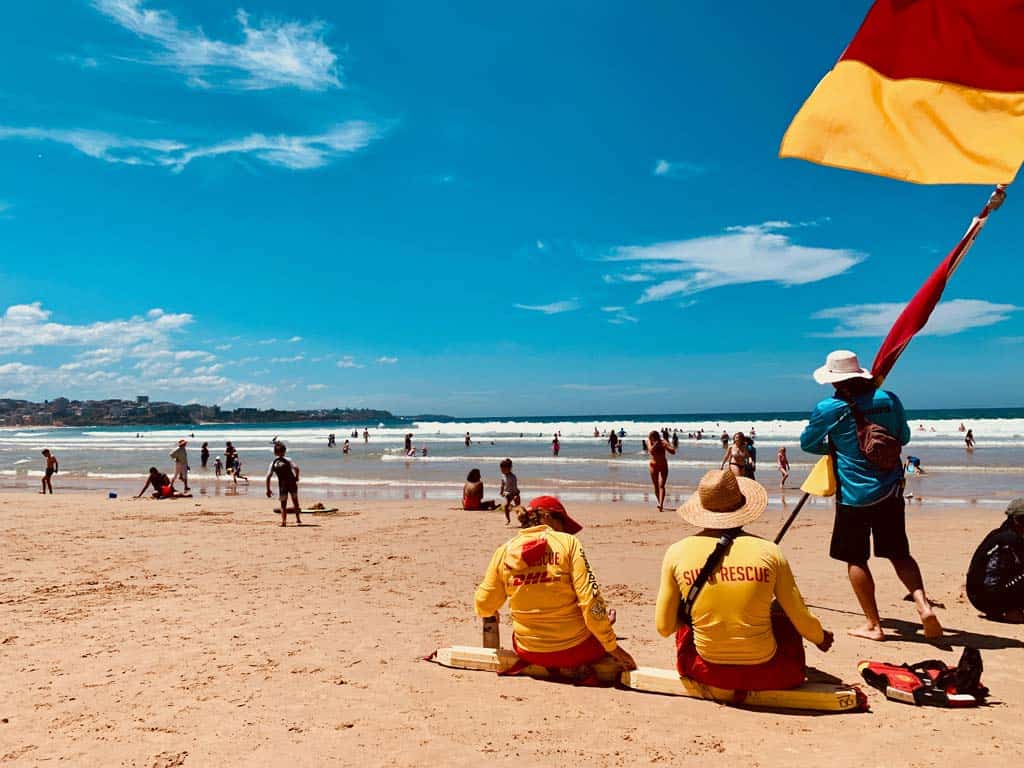 Please be safe at the beach and look for the Red and Yellow Flags when swimming.
Please be safe at the beach and look for the Red and Yellow Flags when swimming.Drive carefully
You should always drive carefully anywhere you go, especially if you’re driving on the opposite side of the road from what you’re used to.
Driving safely is especially important in Australia because of the wildlife! Outgoing animals like kangaroos, wallabies, or wombats can sometimes suffer from road accidents by drivers who aren’t paying attention or are driving too fast.
Especially if you’re driving in rural areas, or at dawn or dusk when animals are most active, always obey the speed limit and drive with caution to protect yourself, wildlife, and other drivers.
Read next: The Ultimate Western Australia Road Trip Itinerary
Have recovery gear for long road trips
Whether you’re driving the Great Ocean Road or road tripping through Kakadu National Park, there are some epic road trip routes to take in Australia.
If you are taking on a massive road trip, make sure you are always prepared. Have recovery gear, spare tyres, extra fuel, emergency communication services, a first-aid kit, and extra food and water.
You never know what might happen on a remote road trip in Australia, especially if you’re driving through rural areas such as the Outback. Sometimes you can drive for miles and miles with nothing else in sight, so always have recovery gear ready just in case.
Hike and camp responsibly
With lush rainforests, sprawling national parks, and endless natural beauty, hiking and camping are top-notch in Australia.
If you are venturing out into the wilderness on a hike or camping trip, or if you’re doing other outdoorsy activities like rock climbing or mountain biking, plan ahead to stay safe.
Have a first-aid kid, extra food and water, emergency communication services, navigation tools like maps and GPS, and anything else you may need to stay safe in case you get lost or injured.
If you’re really going out into the wild, notify someone about where you’re going as well. Most trails and campgrounds in Australian national parks are well-marked and patrolled by rangers, but you can never be too careful!
Be further prepared with our list of 10 Hiking Essentials that You NEED for Your Next Trek
Respect the wildlife
Always treat Australia’s wildlife with respect and care. This will help keep you and the animals safe! The basic rule of thumb is to just admire and observe from a distance, but never approach or interact with any wild animals.
For example, if you’re diving on the Great Barrier Reef, avoid touching any corals or marine life. If you’re visiting the quokkas on Rottnest Island in Western Australia or spotting tree kangaroos in Tropical North Queensland, always avoid touching the creatures.
Whether it’s a massive saltwater crocodile or a cuddly koala, everyone will be safer if we all just admire the wildlife from a distance.
 Australia has some amazing wildlife, so treat it with care!
Australia has some amazing wildlife, so treat it with care!DISCLAIMER: Some of the links in this article are affiliate links, which means if you book accommodation, tours or buy a product, we will receive a small commission at no extra cost to you. These commissions help us keep creating more free travel content to help people plan their holidays and adventures. We only recommend the best accommodations, tours and products that ourselves or our fantastic editorial team have personally experienced, and regularly review these. Thanks for your support, kind friend!


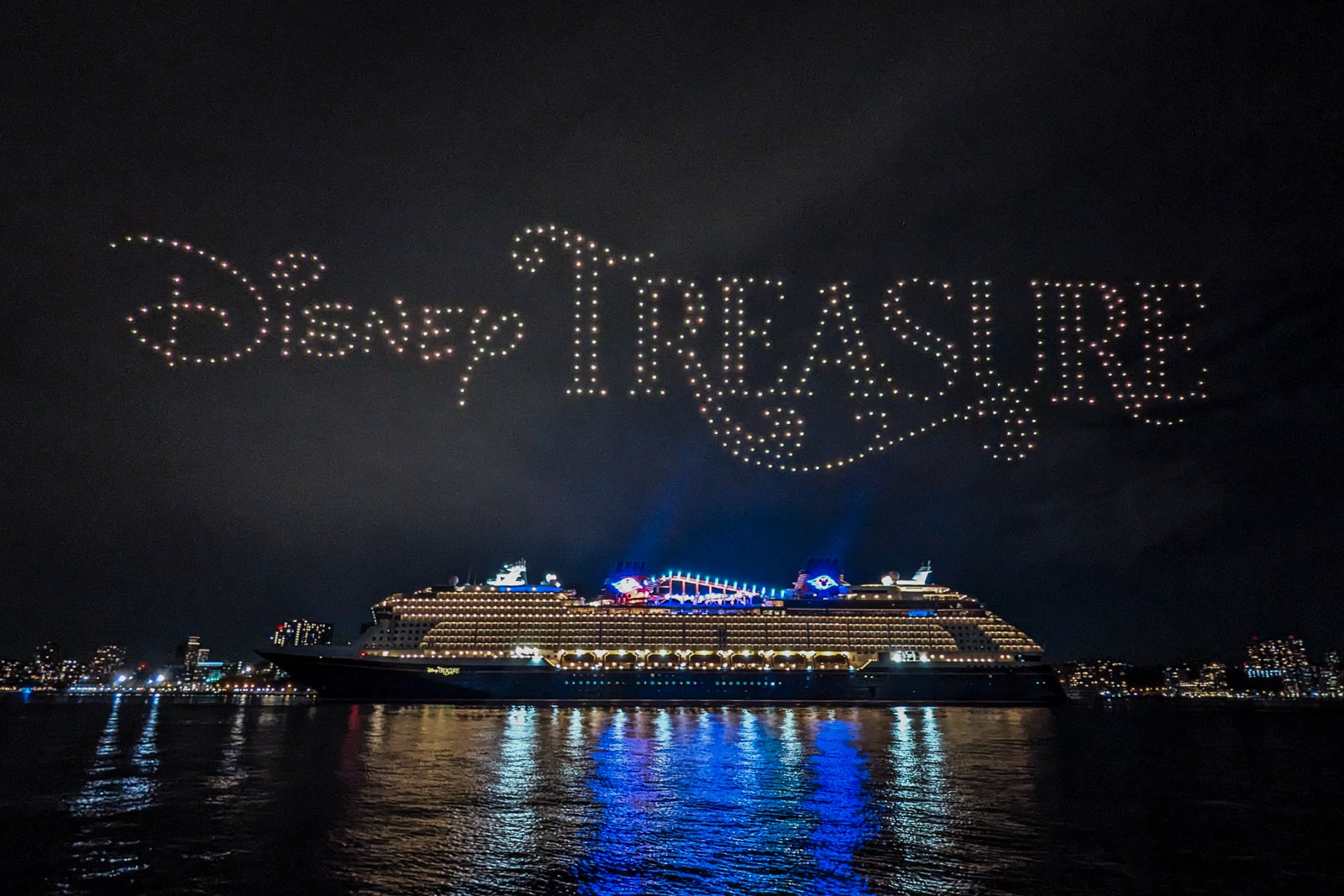
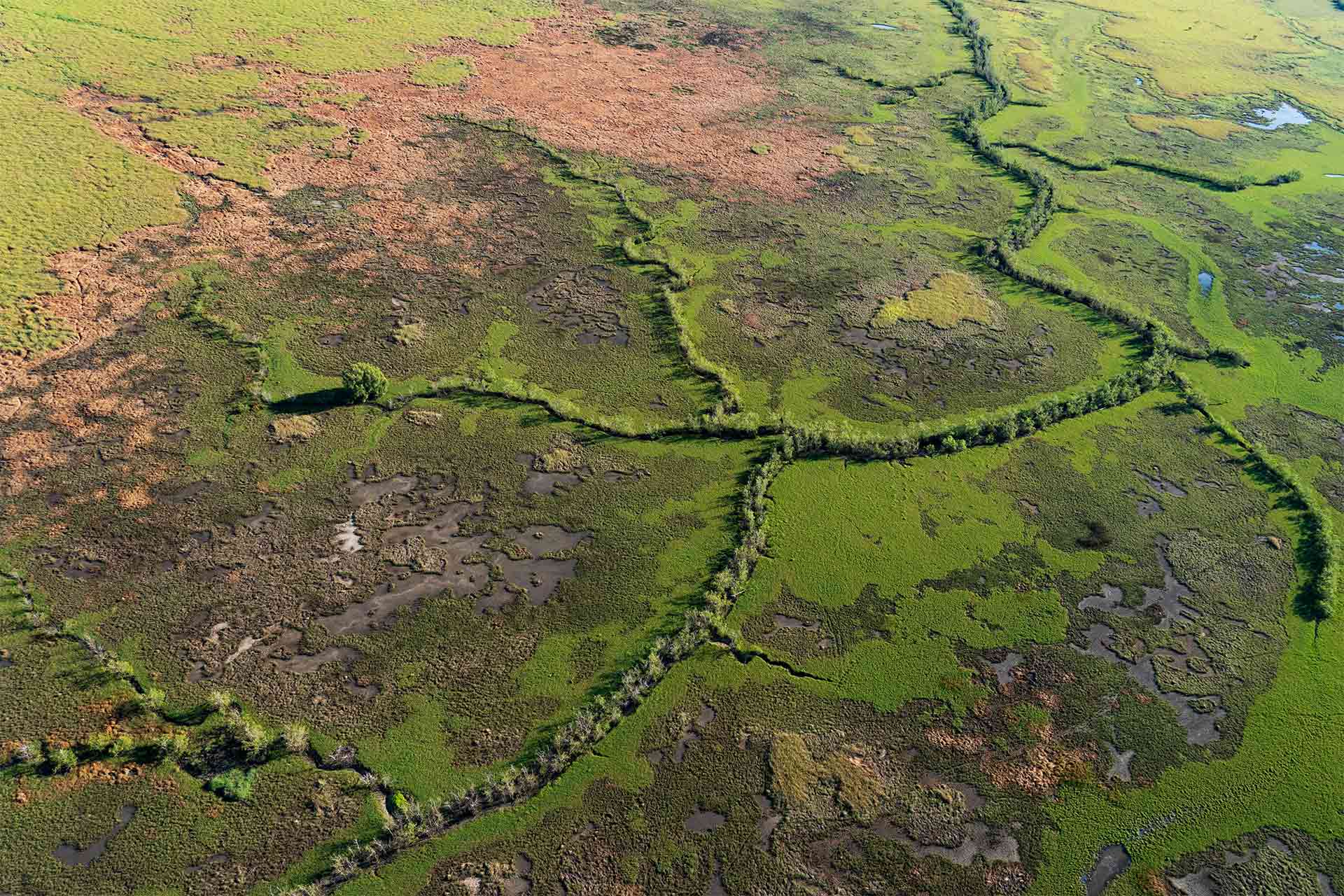
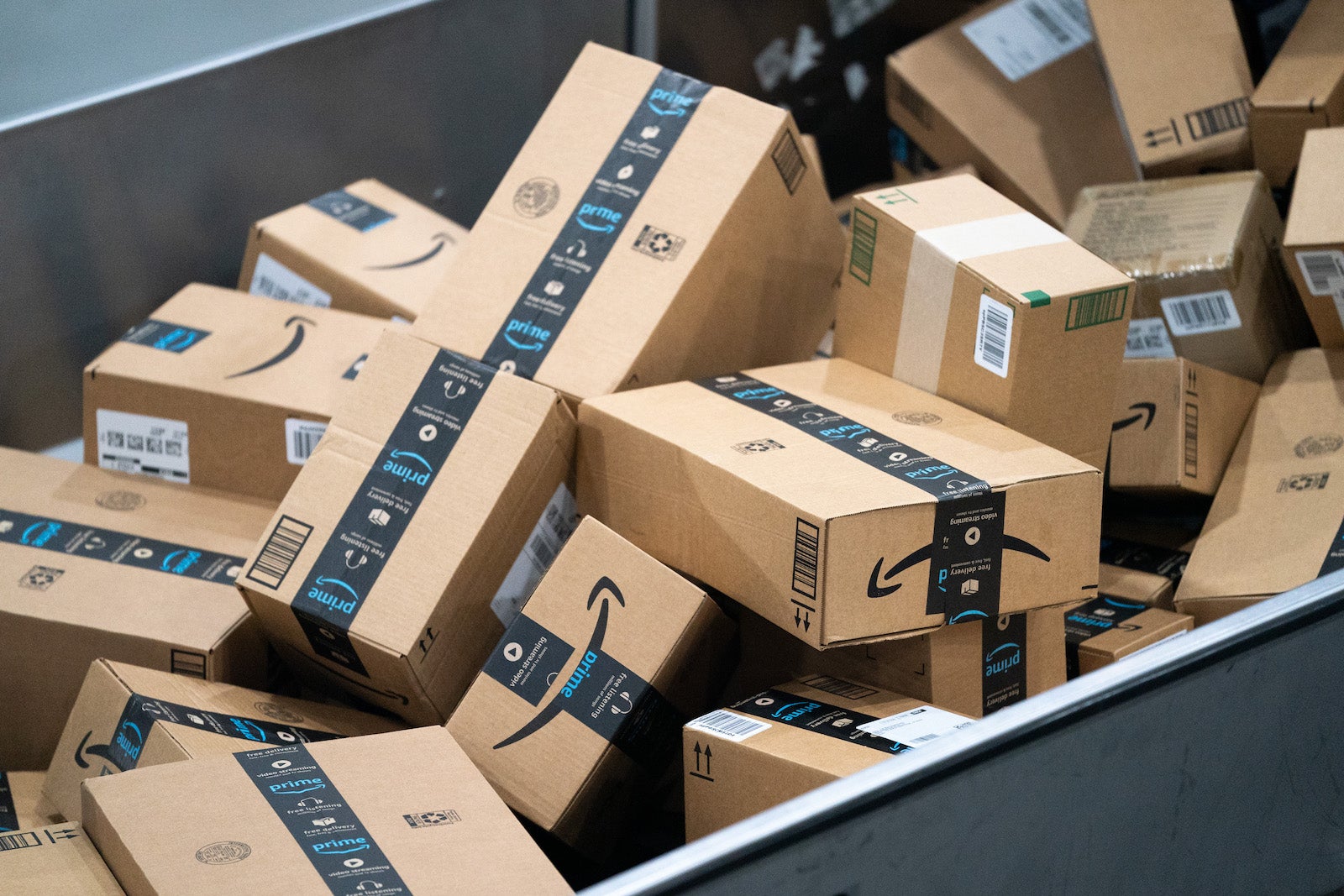
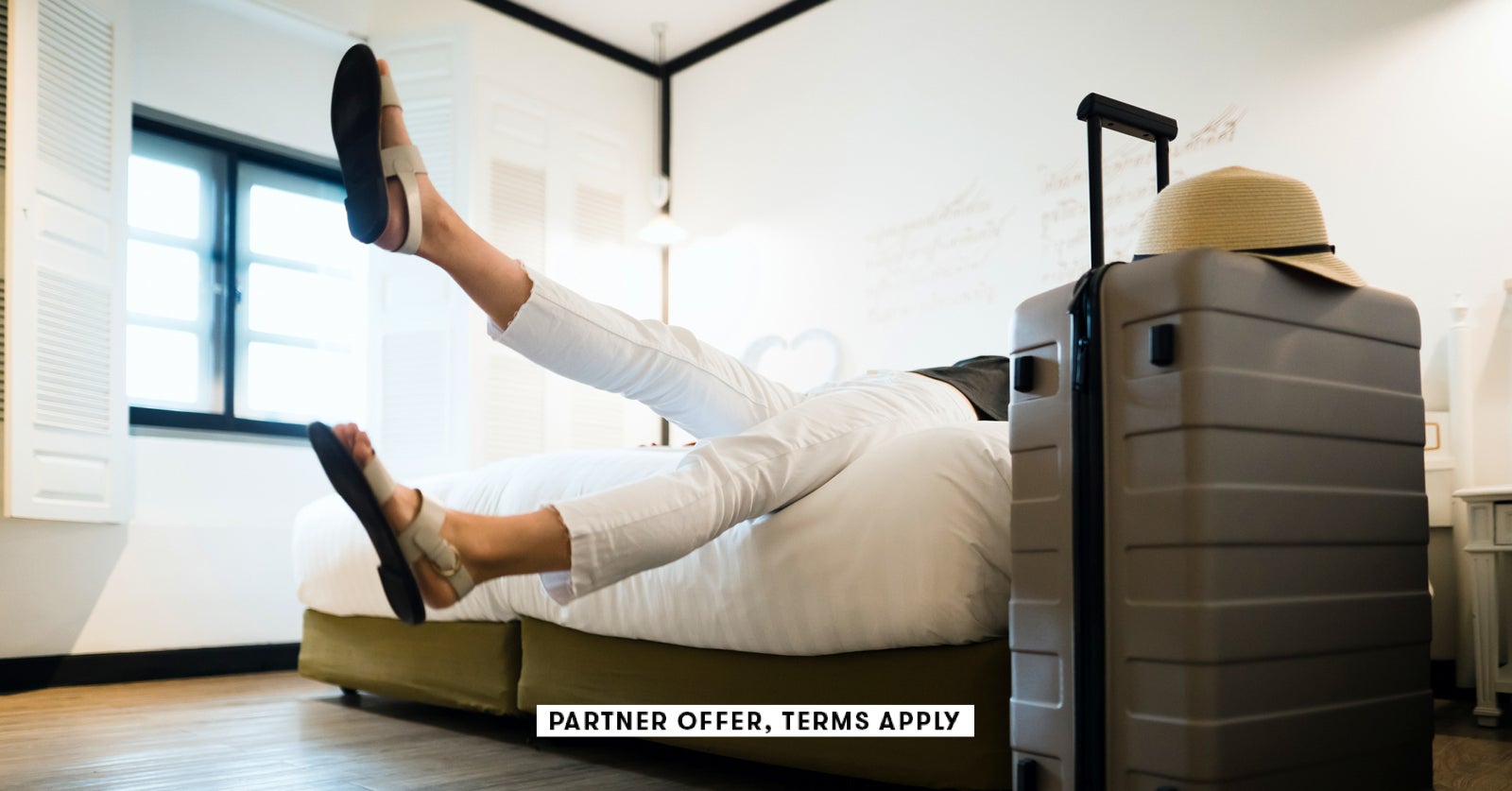
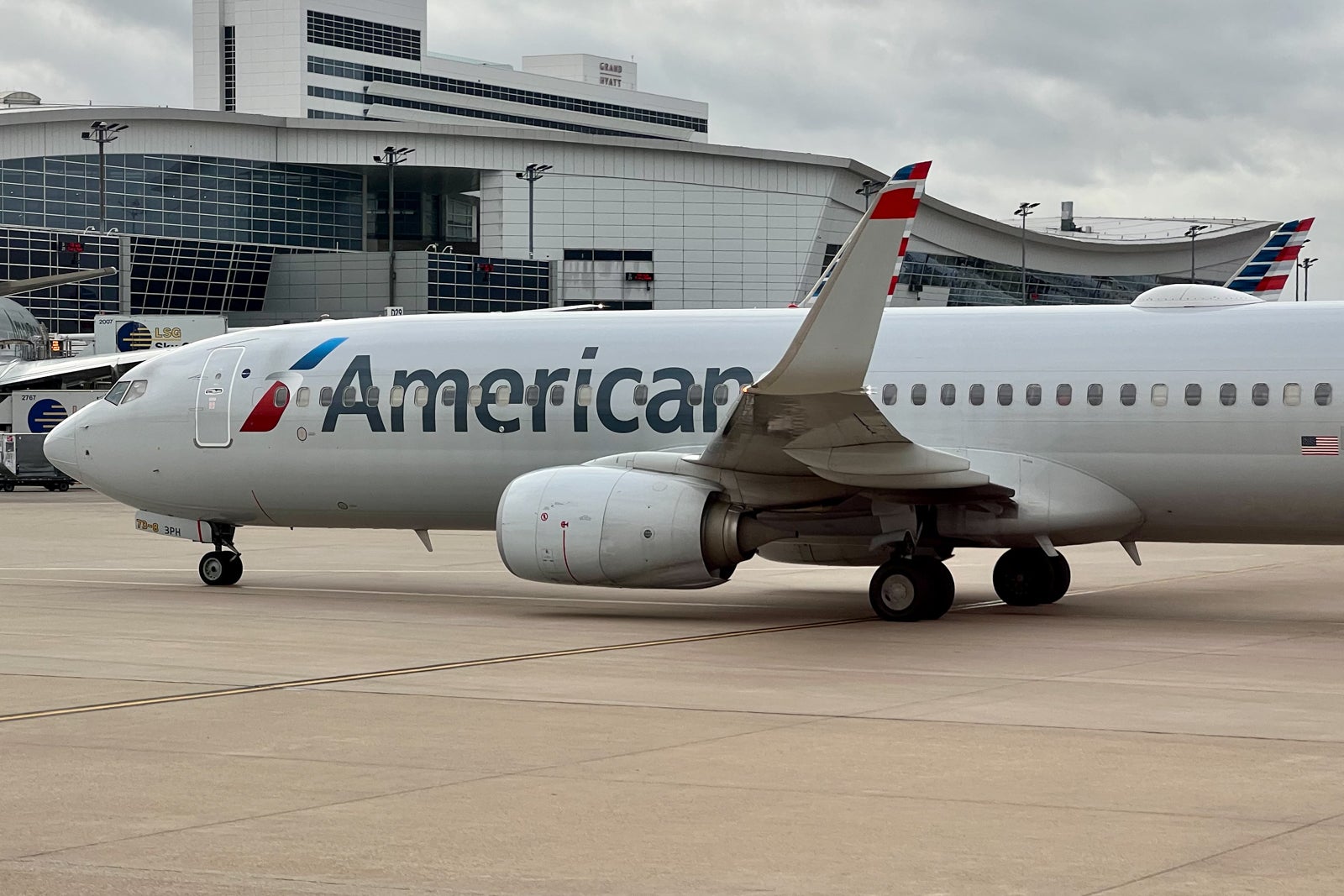
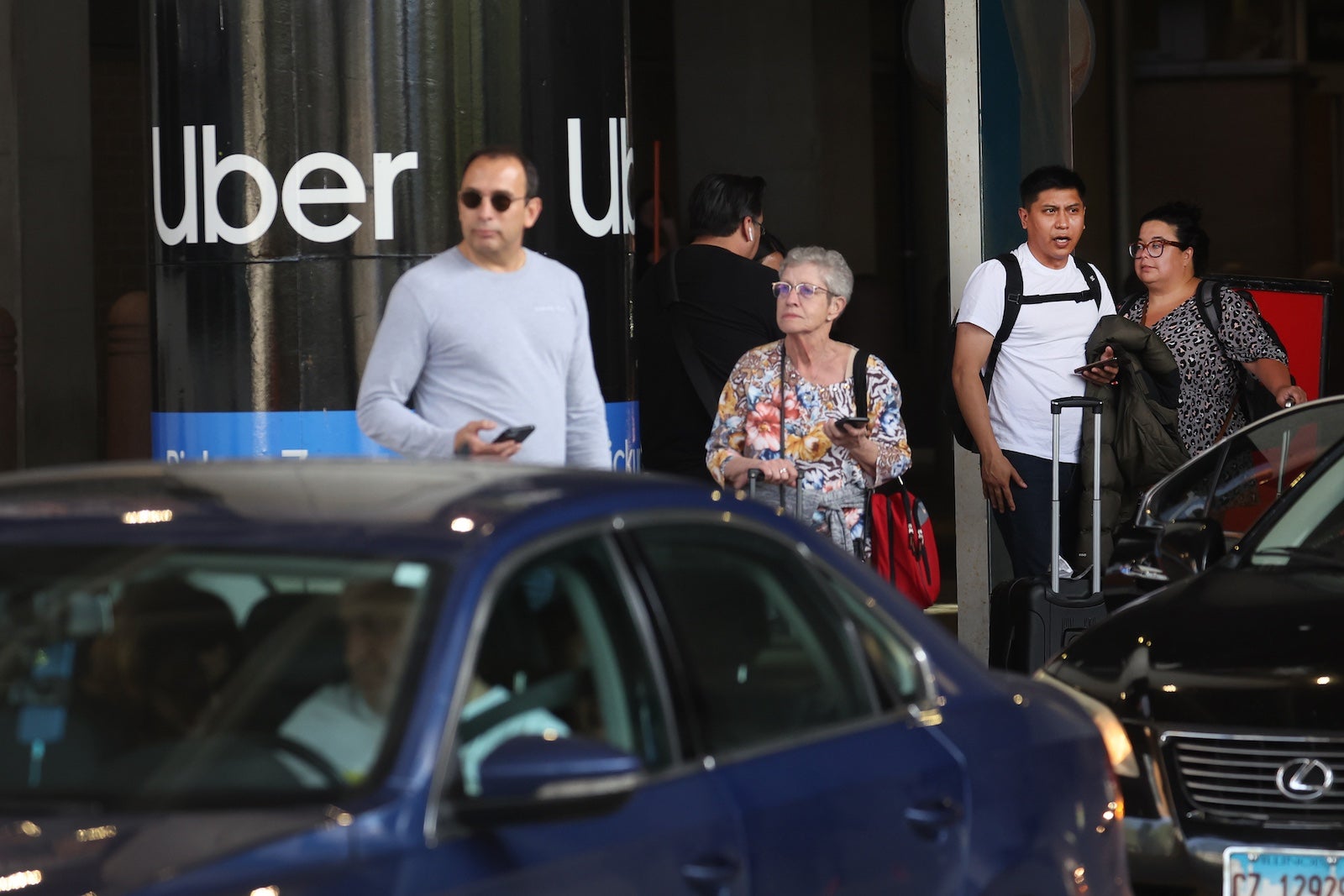
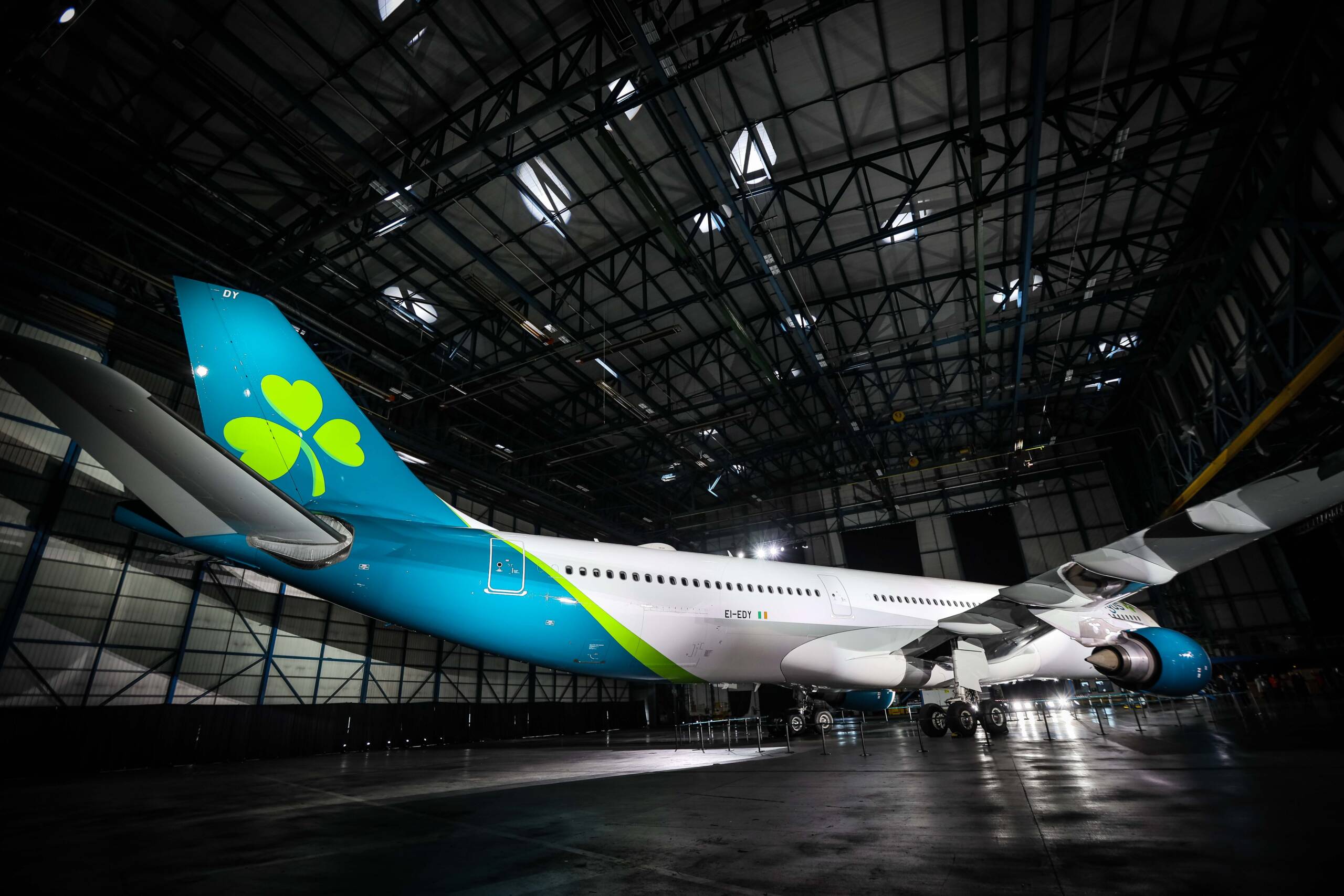




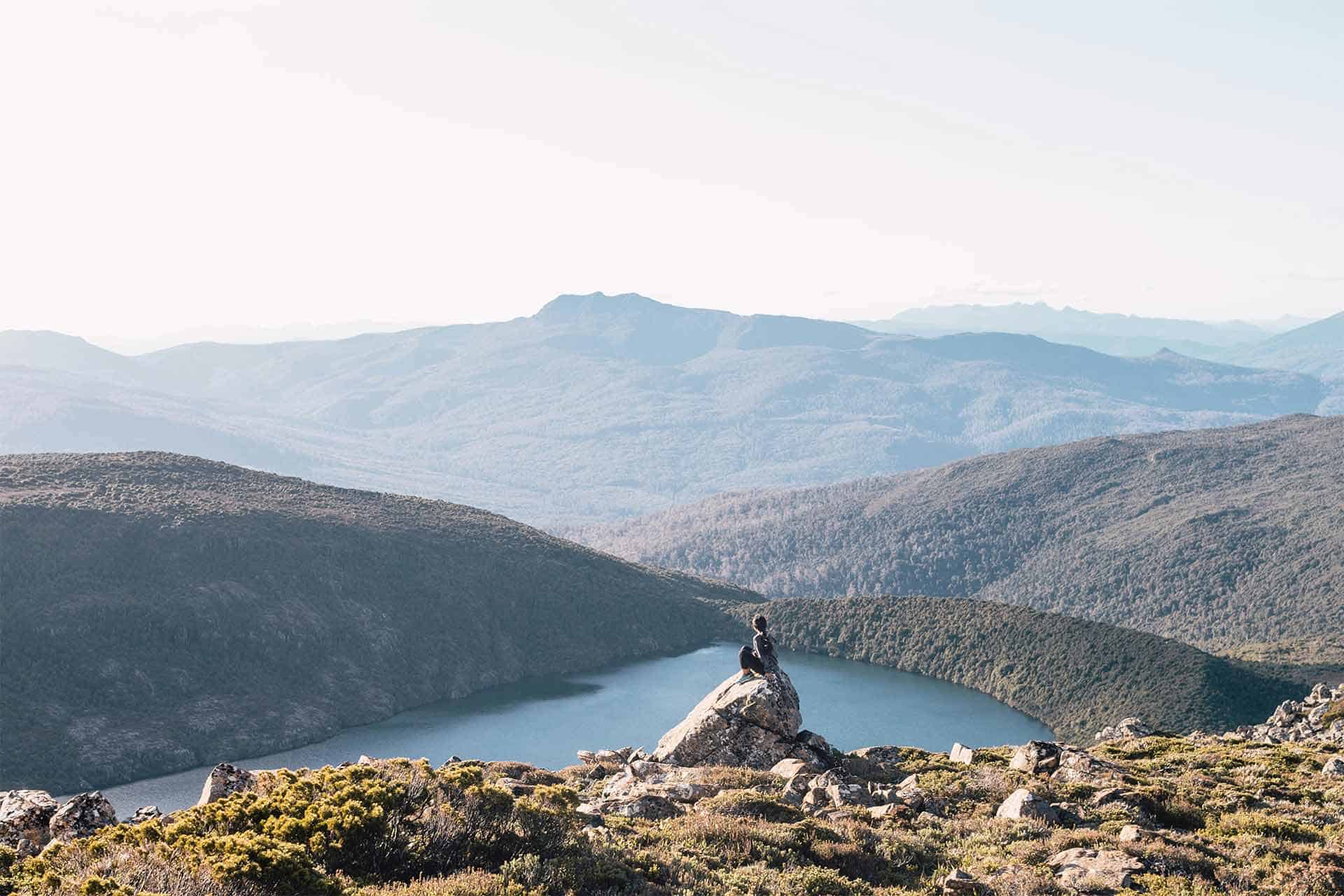
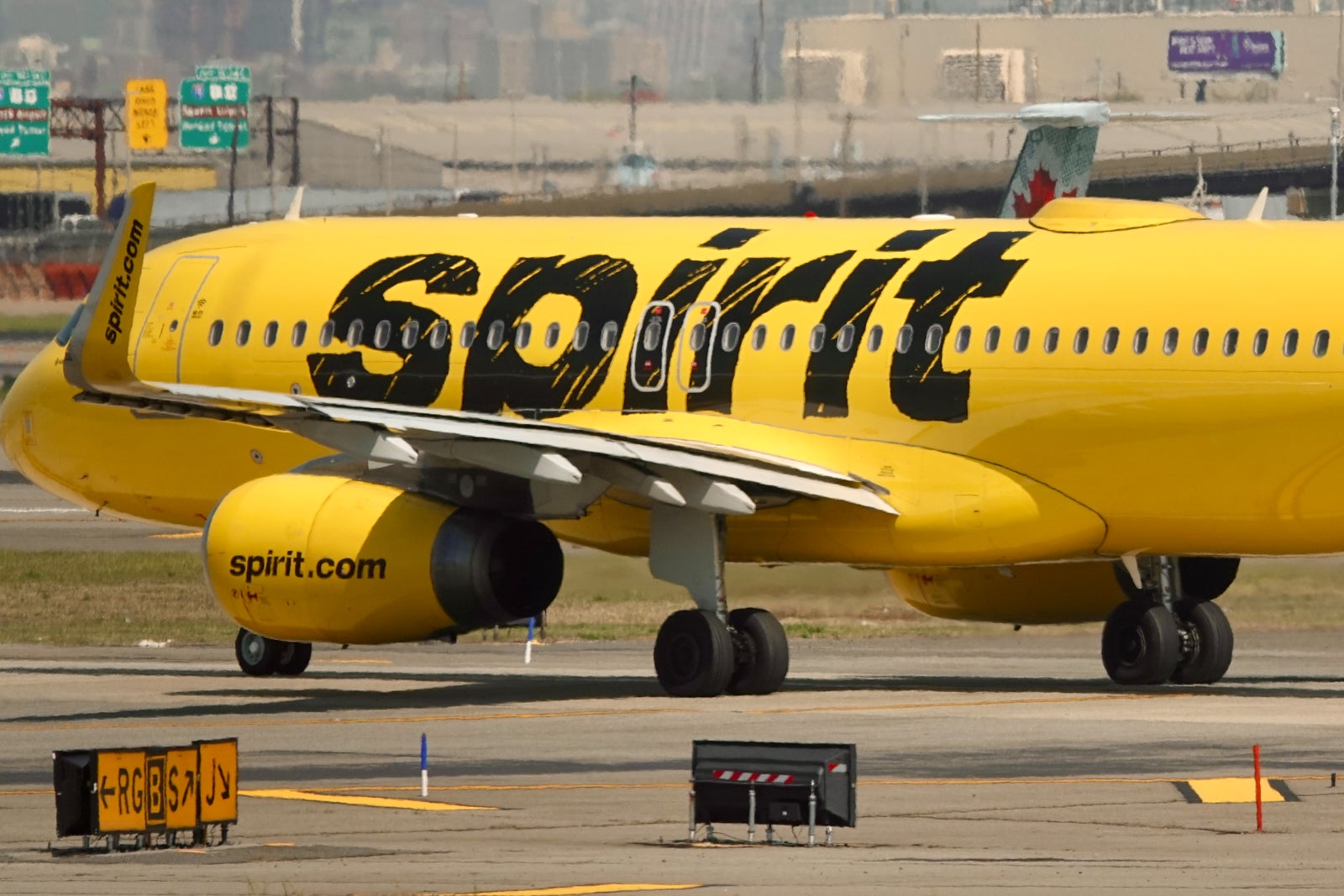

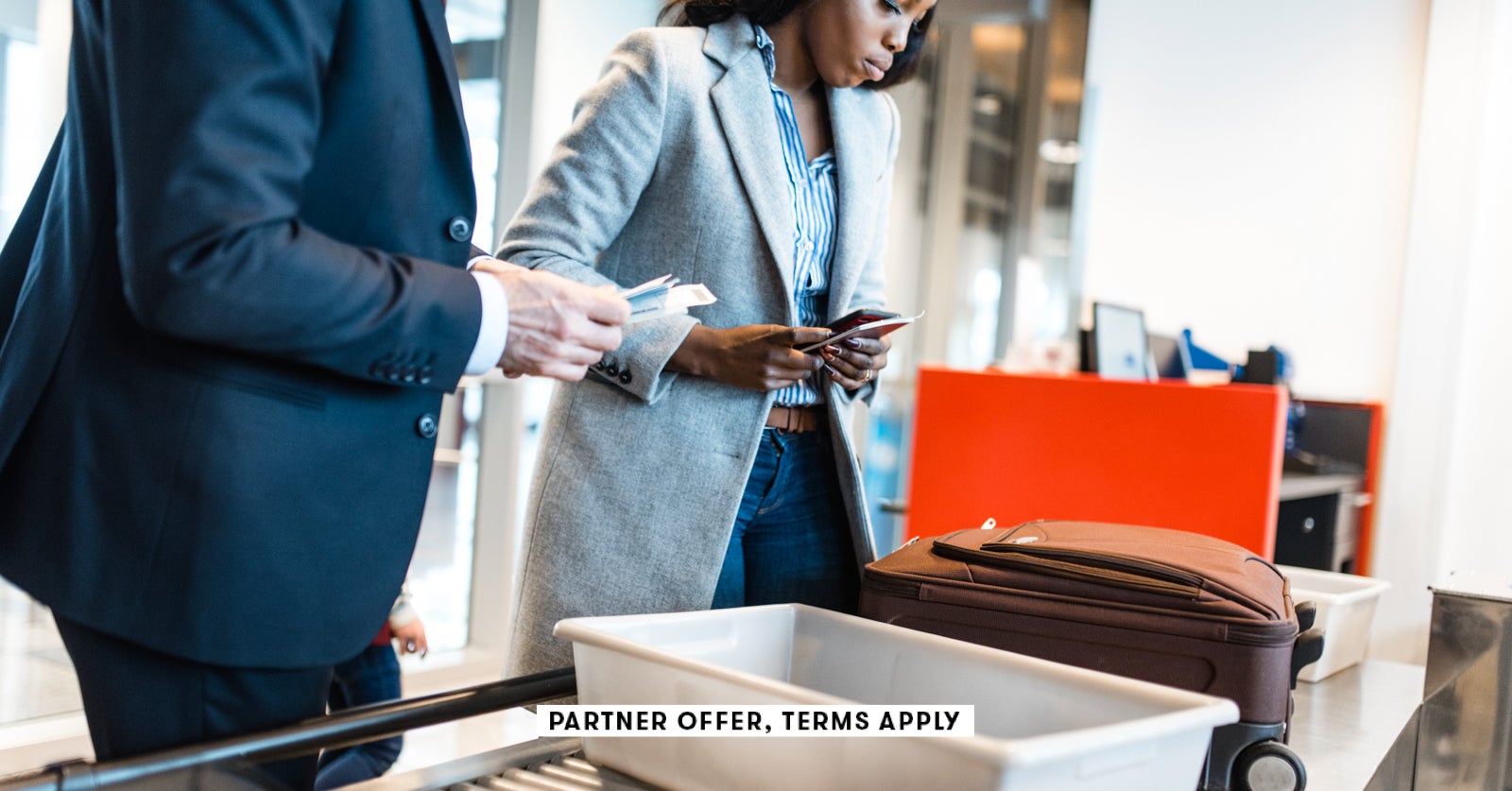

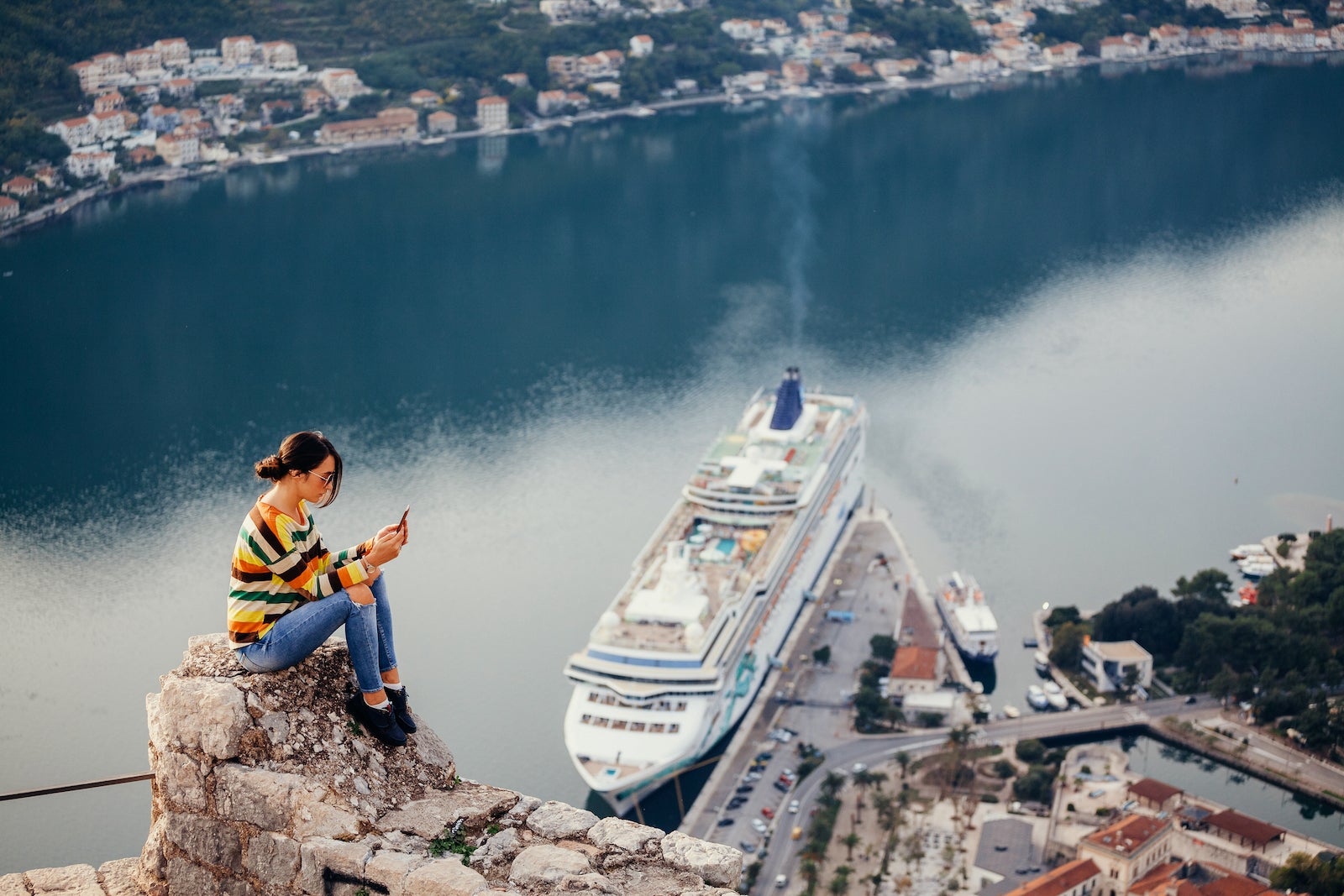
 English (US) ·
English (US) ·